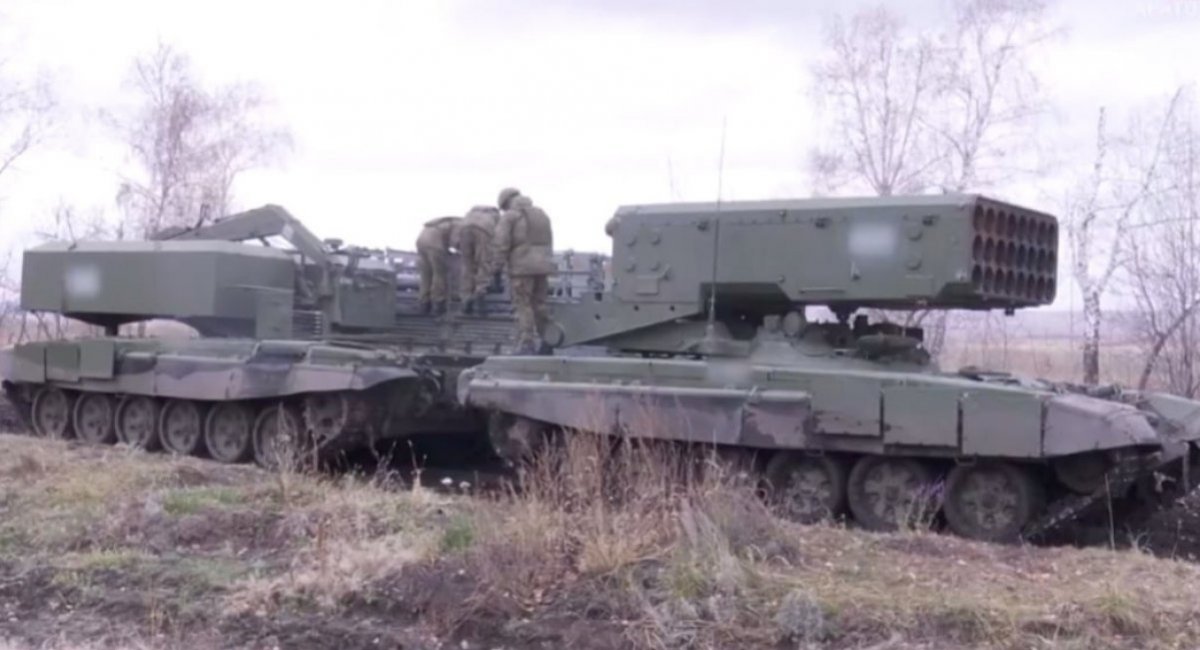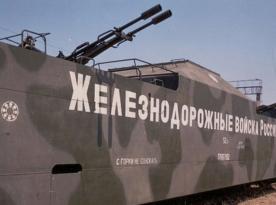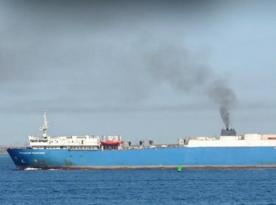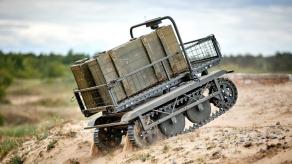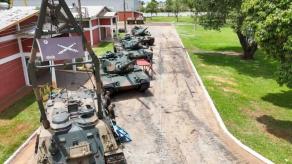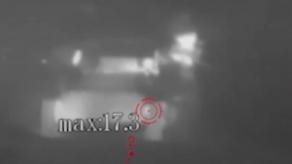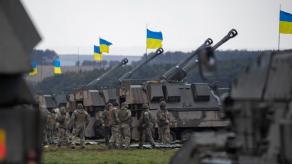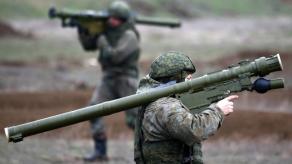Multiple-launch thermobaric rocket systems, or heavy flamethrowers as they are dubbed in the russian military, are scarce and particularly valuable assets for the russian invasion forces deployed in Ukraine. Based on the data from The Military Balance 2024 assessment, last year, invaders had only 55 TOS-1 Solntsepyok tracked flamethrowers, and an unknown number of newer TOS-2 Tosochka systems on a lighter truck chassis, accepted into service only a few years ago, in 2021.
Considering the limited arsenal of these weapons and the devastating firepower they bring to the warzone, a rare and unusually insightful entry by Btvt.info military blog about the challenges faced by TOS-1 and TOS-2 operators presents a unique opportunity to revise what we know about the russian flamethrower systems. Especially if this information is backed by practical experience of hostilities in Ukraine.
Read more: Third Separate Assault Brigade Destroys russian TOS and Over Ten Vehicles in Spectacular Operation
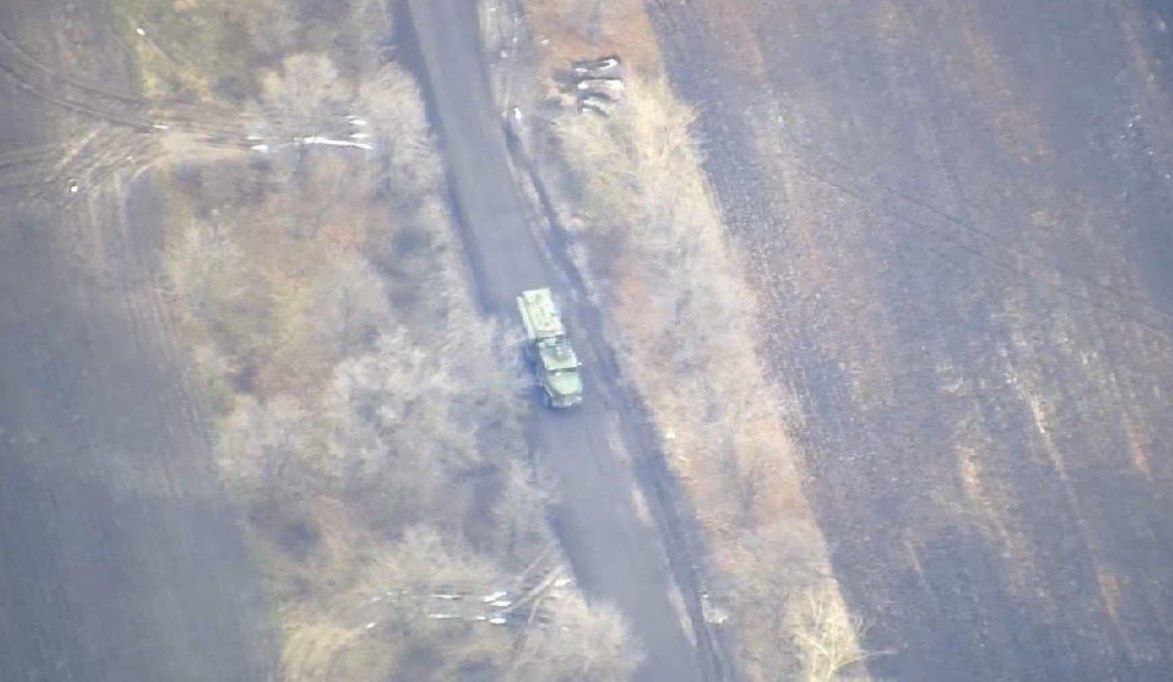
To briefly summarize the post, russian troops have encountered two major problems when fielding their self-propelled flamethrowers: ensuring communication in combat conditions and centralization of management. Both issues are interconnected.
Explaining the problem with the management, an unspecified russian source provides the following assessment: in modern operating conditions, self-propelled thermobaric MLRS need a fire support group to provide cover, particularly from aerial strike drones or ambush. Those fire support groups should accompany TOS systems using their own armored vehicles.
Interestingly, the commanders of fire support units have to stay in touch with the senior commander, who also manages the use of the self-propelled flamethrower, and coordinate decisions. This is where the current level of centralization of the command chain presents a problem. The report suggests that crew commanders in the field should be granted more freedom of action.
Actually implementing this advice might pose a challenge for the russian military, though, Defense Express notes, given the rigid hierarchy of command in general.
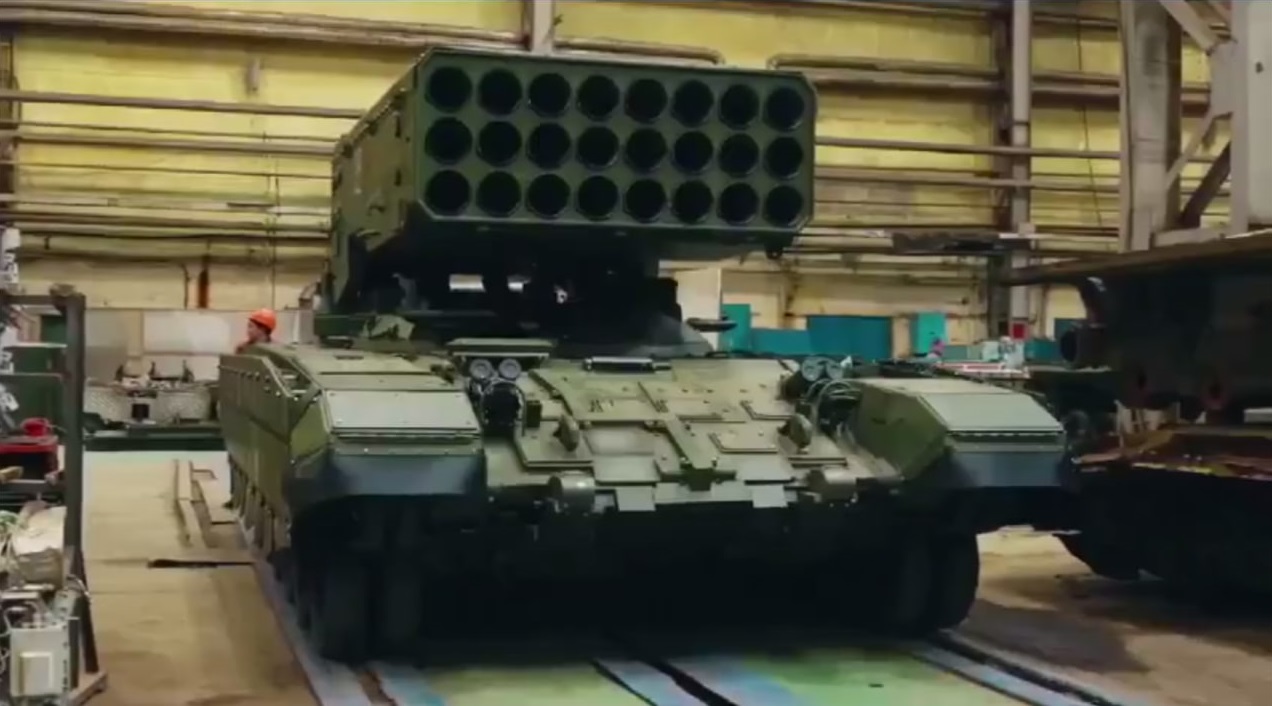
The communication issue stems from the fact that TOS crews maintain communication with the upper command using radio stations, vulnerable to electronic warfare countermeasures widely deployed by the adversary, the Armed Forces of Ukraine, and those used by allied forces, too.
As russian analysts note, there's an ongoing effort to fix the problems with communication stability, including methods involving repeaters. But still, the existing configuration of the data exchange system between the self-propelled rocket launchers in the field and the superiors in the command center remains unsatisfactory. In particular, with regard to the speed of data transmission through various functional cells of the staff.
How fast data goes through the command chain is of significant importance, such as for adjusting the fire for systems like TOS-1 Solntsepyok or TOS-2 Tosochka. In high-paced warfare characterized by the ever-looming threat of a kamikaze drone attack, simply standing on the spot while waiting for a command is a sure way to die.
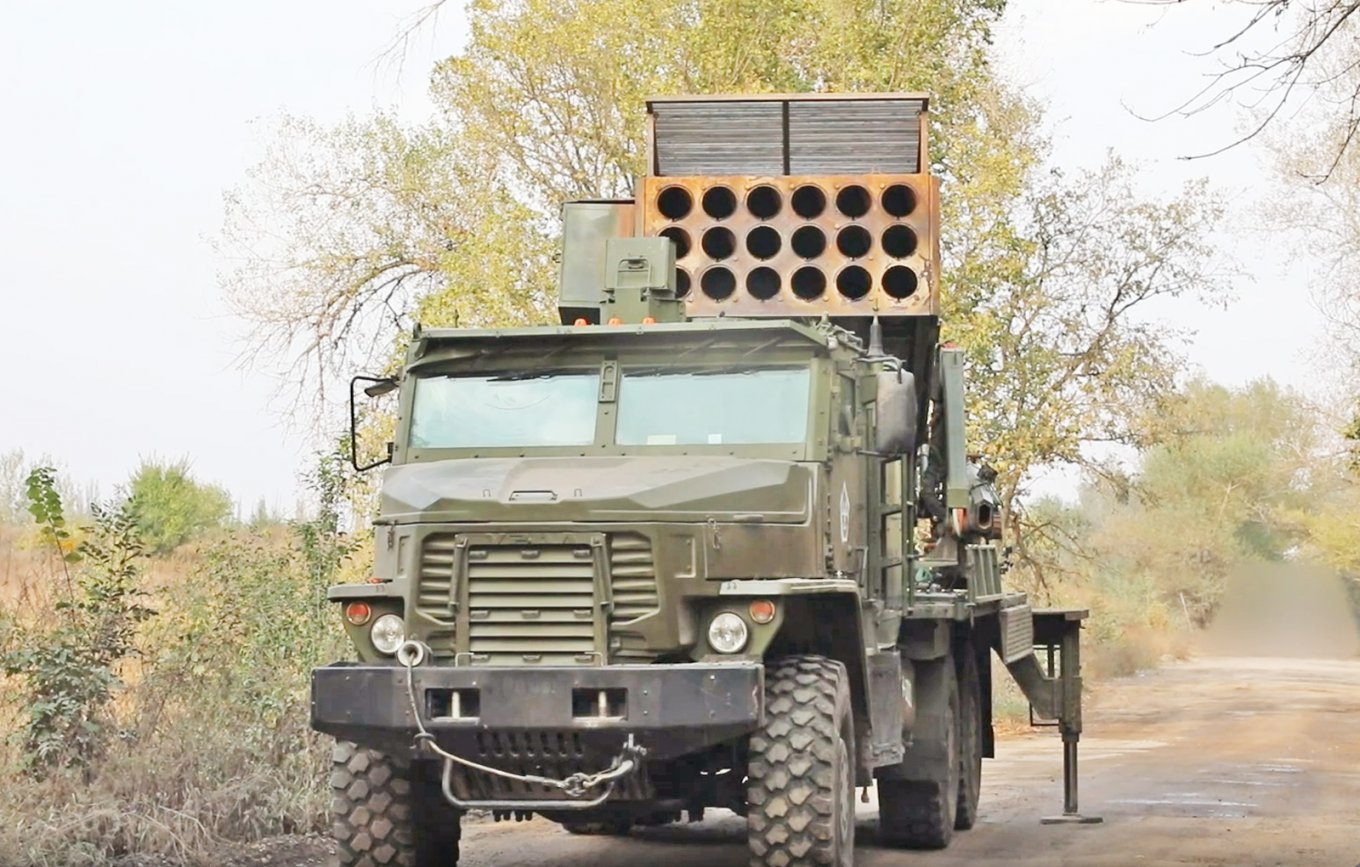
Read more: TOS-3 Dragon Flamethrower System Was Shown For the First Time in russia



